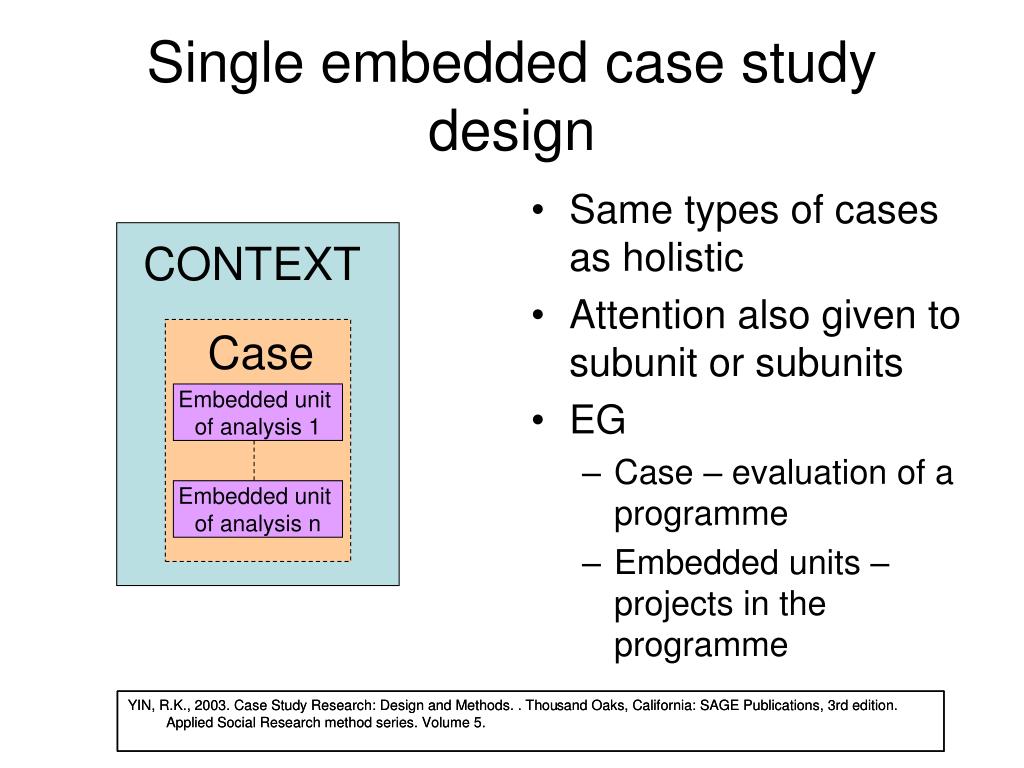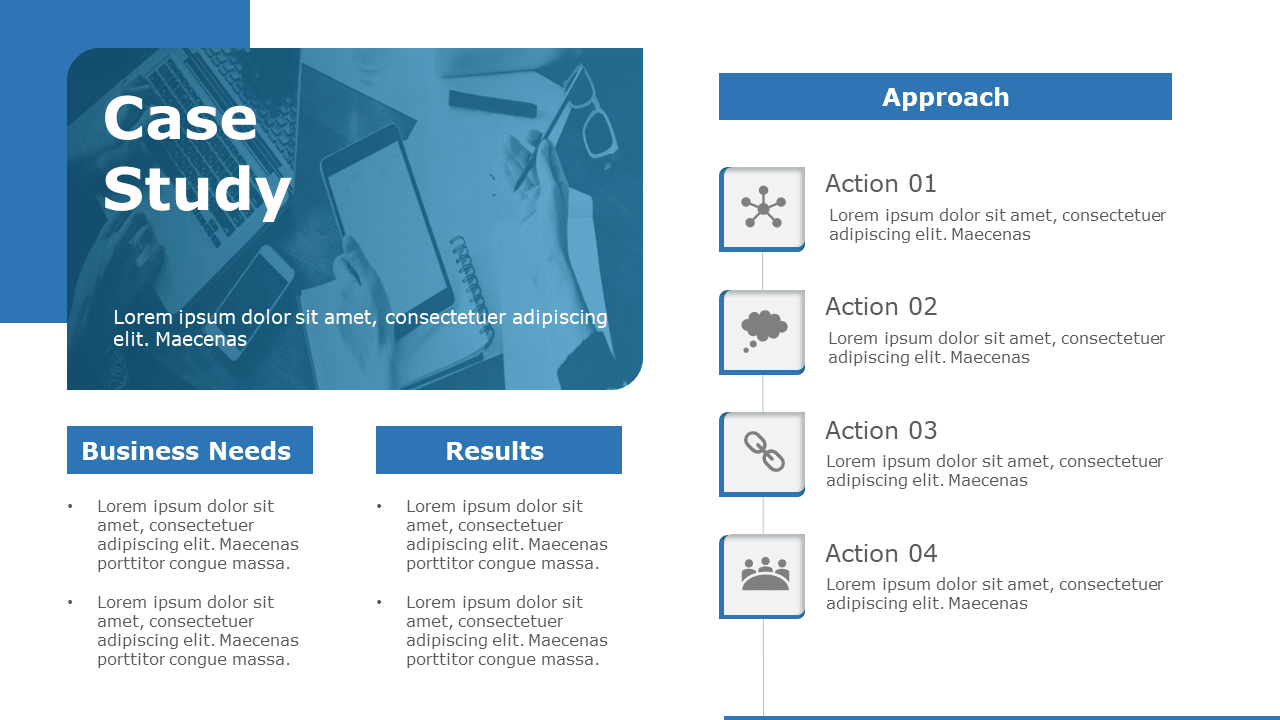Table Of Content

However, their controlled conditions may not always reflect how things work in the real world. With descriptive and correlational designs, you can get a clear picture of characteristics, trends, and relationships as they exist in the real world. However, you can’t draw conclusions about cause and effect (because correlation doesn’t imply causation). You should be clear about your research objectives before starting to analyze the data. For example, you should ask yourself whether you need to explain respondents’ experiences and insights or do you also need to evaluate their responses with reference to a certain social framework. This data analysis strategy tests different variables such as spectrum, frequencies, averages, and more.
Open- and closed-ended questions
Start by clarifying your research objectives and the type of data you need to collect. Determine whether your study is exploratory, descriptive, or experimental in nature. Consider the availability of resources, time constraints, and the feasibility of implementing the different research designs. Review existing literature to identify similar studies and their research designs, which can serve as a guide.
Methodology
A proper study space—whether a home office, lofted area, or a quiet nook—is more important than ever. Now that working from home is the norm for many people, what may have been an underutilized study is now imperative to everyday life. If you prefer collaboration over quiet (or just need a place to work on that pesky group project), consider doctoring up a study space that will allow you to work as a team. In this office space from House Beautiful's 2019 Whole Home, designer Dani Arps opted for an oversized work that could fit several thinkers at once.
Frequently asked questions
Ultimately, the chosen research design should align with your research questions, provide the necessary data to answer them, and be feasible given your own specific requirements/constraints. It involves outlining the overall approach and methods that will be used to collect and analyze data in order to answer research questions or test hypotheses. A well-designed research study should have a clear and well-defined research question, a detailed plan for collecting data, and a method for analyzing and interpreting the results.
In terms of data collection, this could include interviews with staff and management, review of policy documents and financial statements, surveying customers, etc. With case study research design, you, as the researcher, investigate a single individual (or a single group of individuals) to gain an in-depth understanding of their experiences, behaviours or outcomes. Unlike other research designs that are aimed at larger sample sizes, case studies offer a deep dive into the specific circumstances surrounding a person, group of people, event or phenomenon, generally within a bounded setting or context. Phenomenological research design typically involves in-depth interviews or open-ended questionnaires to collect rich, detailed data about participants’ subjective experiences. This richness is one of the key strengths of phenomenological research design but, naturally, it also has limitations. These include potential biases in data collection and interpretation and the lack of generalisability of findings to broader populations.
Analytical studies attempt to test a hypothesis and establish causal relationships between variables. In these studies, the researcher assesses the effect of an exposure (or intervention) on an outcome. As described earlier, analytical studies can be observational (if the exposure is naturally determined) or interventional (if the researcher actively administers the intervention). Lastly, because slight modifications in question wording can affect responses, identical question wording should be used when the intention is to compare results to those from earlier surveys.
Examples of Simple Experiments in Scientific Research - Verywell Mind
Examples of Simple Experiments in Scientific Research.
Posted: Thu, 10 Aug 2023 07:00:00 GMT [source]
The essentials of action research design follow a characteristic cycle whereby initially an exploratory stance is adopted, where an understanding of a problem is developed and plans are made for some form of interventionary strategy. Then the intervention is carried out (the action in Action Research) during which time, pertinent observations are collected in various forms. The new interventional strategies are carried out, and the cyclic process repeats, continuing until a sufficient understanding of (or implement able solution for) the problem is achieved. The protocol is iterative or cyclical in nature and is intended to foster deeper understanding of a given situation, starting with conceptualizing and particularizing the problem and moving through several interventions and evaluations.
Use of Sequential Multiple Assignment Randomized Trials (SMARTs) in oncology: systematic review of published ... - Nature.com
Use of Sequential Multiple Assignment Randomized Trials (SMARTs) in oncology: systematic review of published ....
Posted: Mon, 26 Dec 2022 08:00:00 GMT [source]
So, be sure to think through your choices carefully and make sure that you have backup plans for any existential risks. Remember that a relatively simple methodology executed well generally will typically earn better marks than a highly-complex methodology executed poorly. For example, you could adopt a phenomenological design to study why cancer survivors have such varied perceptions of their lives after overcoming their disease. This could be achieved by interviewing survivors and then analysing the data using a qualitative analysis method such as thematic analysis to identify commonalities and differences. Correlational design is a popular choice for researchers aiming to identify and measure the relationship between two or more variables without manipulating them.
Top 16 Research Design Methods

A common application is in epidemiology for estimating an individual's risk (probability of a disease) as a function of a given risk factor. As you can probably imagine, ethnographic research design has the ability to provide rich, contextually embedded insights into the socio-cultural dynamics of human behaviour within a natural, uncontrived setting. Naturally, however, it does come with its own set of challenges, including researcher bias (since the researcher can become quite immersed in the group), participant confidentiality and, predictably, ethical complexities. All of these need to be carefully managed if you choose to adopt this type of research design. Statistical sampling allows you to test a hypothesis about the characteristics of a population.
Qualitative studies use categorical or descriptive data collected from interviews, observations, surveys or other records. As you can see, grounded theory is ideally suited to studies where the research aims involve theory generation, especially in under-researched areas. Keep in mind though that this type of research design can be quite time-intensive, given the need for multiple rounds of data collection and analysis. Experimental research design is used to determine if there is a causal relationship between two or more variables.

When people were asked “All in all, are you satisfied or dissatisfied with the way things are going in this country today? ” immediately after having been asked “Do you approve or disapprove of the way George W. Bush is handling his job as president? ”; 88% said they were dissatisfied, compared with only 78% without the context of the prior question. By examining multiple data points at different period, it’s possible to record continuous changes within things like consumer behavior or demographics of a society (Vogl, 2023). However, the reliability of historical research is often challenged due to the accuracy of past records, potential bias in recorded histories, and the interpretive nature of the analysis. A cross-sectional research is descriptive only, painting a picture of a sub-population being analyzed, but cannot determine cause and effect.
Plan your procedures to make sure you carry out the same steps in the same way for each participant. Using secondary data can expand the scope of your research, as you may be able to access much larger and more varied samples than you could collect yourself. To make the research more manageable, and to draw more precise conclusions, you could focus on a narrower population – for example, Year 7 students in low-income areas of London.

No comments:
Post a Comment